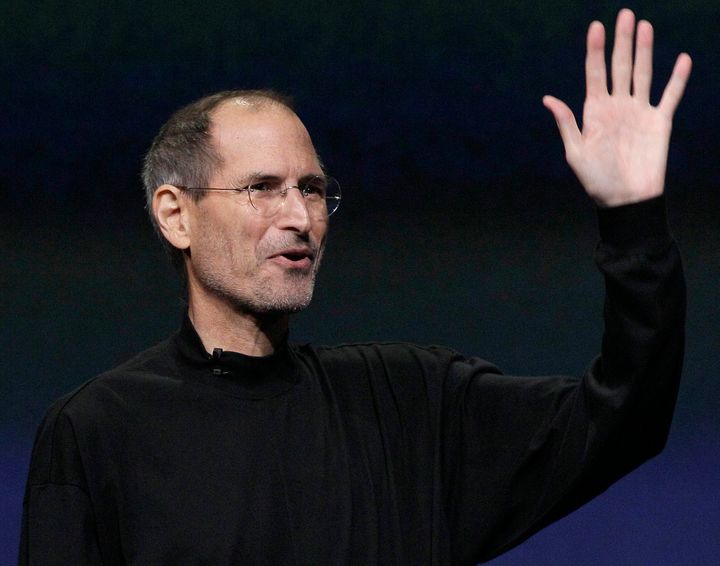
Few people would argue that Steve Jobs has earned himself a place in history as one of the greatest innovators of all time, joining a pantheon of remarkably limited membership. (Who else even qualifies? Edison, sure. Bill Gates? -- No, too limited. Ditto for the Wright Brothers and Alexander Graham Bell. The Kingdom of Great Innovators is an exalted but lonely place.)
I was blessed to be witness to the making of Steve the Innovator, at his side as he honed his innovative instincts in creating the Macintosh, and watching from the wings when he introduced the Mac in 1984... or rather -- in another stroke of innovation -- had the machine introduce itself, the first computer with a voice, speaking the words, "Hello, I am Macintosh." He came off stage beaming, like a Little Leaguer who had just hit his first home run. Only in Steve's case, it was a homer that would change the world.
Thirty years later, he was still hitting home runs.
Some people find it shocking that Steve Jobs has never had a high regard for market research. I suspect that Apple has spent less money on market research through the years than any other major consumer-products company. Steve has never been interested in what people think they want. Instead, as the world's greatest consumer, he has always been extraordinarily alert to what he himself wants. He has developed a near uncanny awareness of what would make life more pleasing for himself, and we've seen that in everything from the look, style, and user-friendly first Mac, to the iPod, iPhone, and iPad.
To conceive truly innovative products, you need to have the outlook of a commoner. You need to be, or become, a person whose desires parallel those of the masses. You need to become a world-class consumer, walking in the shoes of everyman.
Steve's talent for developing products that not only define "user friendly" but that exhibit almost breath-taking design I believe may have sprung from a course he took in his short stay at Reed College. It was a course in, of all things, calligraphy; I think that course instilled in him a passion for graphics that led to his demanding that the Macintosh leap beyond the single, ugly fonts of previous machines, to offer a wide variety of typefaces and sizes, plus bold, italics, and more. The thirst for great design became one of the passions that has made all of his products so uniquely appealing to the eye, and so uniquely easy to use.
In those early Apple days, Steve wore a Porsche watch with a titanium band. If you admired the watch, he would take it off and present it to you as a gift. He kept a whole box of them in the office, even though they cost $1,200 each.
To take pride in your complete product and all the details, even the box it comes in, is something that is in Steve's soul. He even sought and found a power cable for the Mac that met his standards; he loved the sleek design and even the feel of the smooth cable itself. Later, the simple white ear pieces and white cords for the iPod set a new standard in "cool."
Another keymark of Steve's innovative spirit: his "innovation receptors" are turned on all the time. When I worked for Steve I always made sure to meet him first thing each Monday morning and whenever he returned from a trip, because he often sailed through the door filled with enthusiasm about something he had just come across. When that happened, I knew I was about to witness another moment of innovative genius.
One of my favorite examples took place on a Monday morning when he arrived carrying a restaurant menu that was beautiful in its use of handsome graphics and fonts. He stuck the menu under my nose and said, "Jay, we need graphics like this for the Mac." The original Mac graphics came from an idea generated by a restaurant menu.
These days, Apple watchers can't be blamed for wondering whether the company can continue being so innovative in the aftermath of Steve's departure. Have Tim Cook and the Apple creative teams mastered the tactics of Steve's approach? I believe that the talents Steve surrounded himself with will prove up to the challenge of keeping the creative spirit alive, and that Apple will continue to be the inspiration for all the rest of us, setting the standard of innovation we can all aspire to.
Steve has long had a favorite saying: "The journey is the reward."
Jay Elliot is the author, with William L. Simon, of The Steve Jobs Way -- iLeadership for a New Generation